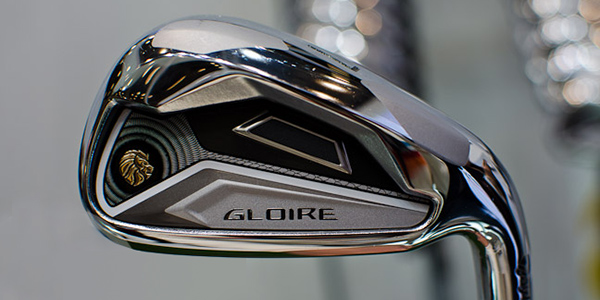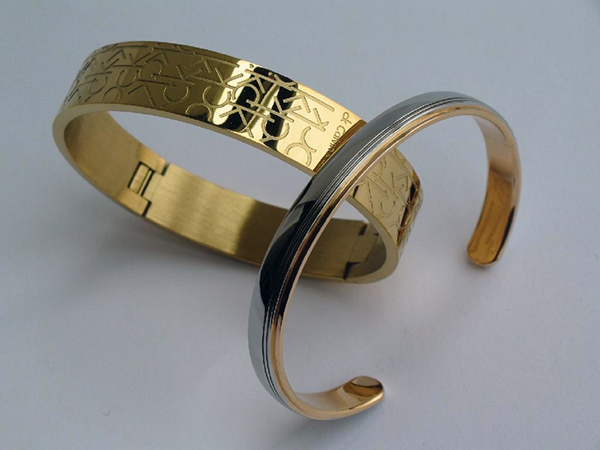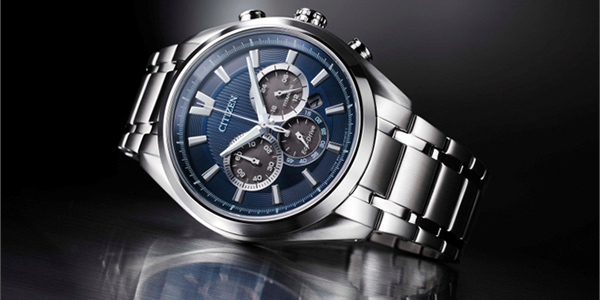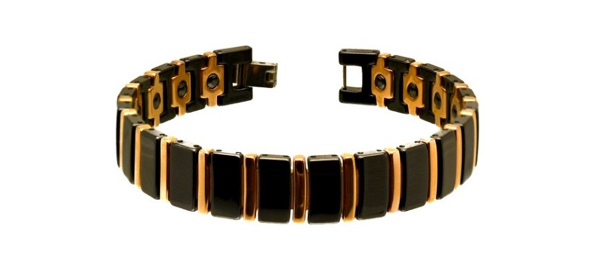What possibly you never thought you’d need to know, a fascinating insight.
Titanium is a popular metal as it is very strong, non-corrosive and lightweight. Another positive is the fact it doesn’t cause skin irritation or discolour, making titanium the perfect solution for a wide number of modern uses.
Titanium was discovered in the 18th century – the ore is obtained from minerals ilmenite and rutile, and titanium appears at number nine in the list of most abundant elements in the Earth’s crust.

Titanium grown by the iodide, or crystal bar, process
Ion plating is a PVD process that uses reactive electron beam evaporation – calling on titanium which is vaporised though heating the alloy to over 2,000 ° C . In the process a titanium nitride layer is added to the stainless steel component. The ionised titanium is then bonded using pressure to form the surface coating (1,200 on the Vickers hardness scale).
Using magnets, ion plating is carried out in a vacuum environment. As part of the process the plating metal is added (for example to produce a rose gold colour), normally not exceeding 0.3 urn in thickness. At extremely low pressure metal will vaporise. It then becomes electric ions when heated and bombarded by electrons, known also as plasma. The strengthening technique will build up a super surface hardness.
When used with titanium, the purpose of ion plating is to alter the look of the metal and offer something more appealing and marketable. The greatest bonus of this process is that the titanium nitride produced is both harder and chemically more stable than that produced through traditional plating methods. The term “permanent coating” can be used with some conviction in this case.

Titanium ion-plated golf club
The ion plating technology reduces the amount of plated material needed, which helps to reduce the cost of the whole plating process. For this reason ion plating (IP) technology replacing the traditional “wet” plating method seems to be the way things are headed to achieve a dazzling durability which stands out when used for watches and jewellery.
The beneficial properties of ion-plated titanium nitride coatings on tools have also been examined. Tools have been put through bending-under-tension friction tests. These results are compared with the performance of tools (with and without coatings) used in industrial metalworking processes. The coatings were found to increase the life of the tools by two to ten times compared with ‘naked’ tools with the same cutting abilities. The increase in life in the metal-forming processes studied was even longer.
Throughout the jewellery industry IP is available in a range of colours, though, most commonly used in black, brown, rose gold and yellow gold. IP plated stainless steel is often offered in both matt and polished finishes. IP plating with most materials produces a more scratch resistant (harder) surface. The end result is also relatively lightweight, so easy to wear and the coating means watches are five times stronger than standard stainless steel ones.
PVD gold can also replace more traditional gold plating. The metal is vaporised as mentioned above. The gold layer is usually not more than 0.3 microns thick which is less than a 1/30th of a thin layer of traditional gold plaqué. Another layer below the gold is made from much cheaper titanium nitride TiN which means scratching away to the steel below is unlikely with such strong protection.

PVD gold finish on bangles
Can ion plated surfaces be scratched? Yes, but the finishes used on coated watches are more scratch resistant than the stainless steel base. And PVD is very resistant to flaking particularly when compared to traditional plating methods such as electro-plating.
As mentioned it is well-used in watch making; often the PVD/IP is carried out to plate a stainless steel case. Black ion plates will cover up steel’s more plain, innate, silver decor with a much darker shade. It presents an alternative appearance to the standard silver, giving a darker, less showy demeanour to the final product. Popular with the male customer, black ion plating provides timepieces with a chic look, often for night time wear.

The “Super Titanium” watch by Citizen Watches
Colourful magnetic ‘ionic bracelets’ for both men and women have become a bit of trend on the High Street. These are advertised as having somewhat ‘magical’ properties to reduce pain and restore bodily energy. These bracelets combine techniques such as the use of hi-tech anti-scratch coloured ceramic blocks as well sections that are ion-plated pure titanium.

Black Ceramic & Rose Gold-Plated Stainless Steel with Magnetic Ion Bracelet
Studies of the process in the industry have generally found that no toxic chemicals are used in the ion plating technology. Production costs are also greatly reduced by replacing the traditional expensive palladium electro-plating method.